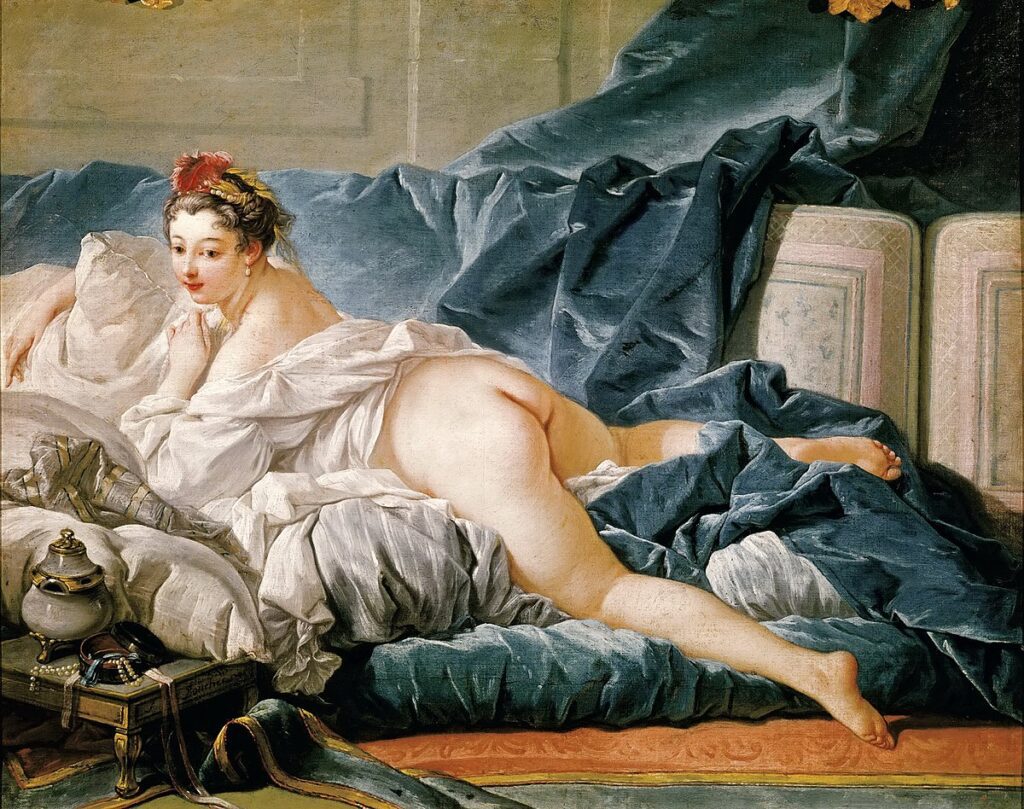
The Cassidy Centre for Educational Justice has been working on the development of an online resource portal for BC Educators on topics related to law, justice, and Islamophobia. The TAI project goals are to develop and maintain an online catalog of academically-grounded, critical resources and other materials (such as lesson plans, lesson ideas, scholarly resources, popular culture materials, documentary films, classroom materials), which are intended to support educators working in elementary, secondary, and postsecondary settings. The project goals are to inform public understanding of topics related and adjacent to Islamophobia (such as immigration, human rights, hate crimes, religious dress and accommodation laws, “honour” crimes, religious extremism, racial profiling), and other social issues related to law and justice that emerge in our communities around Islamophobia and wider matters of racialized religious oppression. The 2011 attack in Oslo Norway, the 2012 shooting at a Milwaukee-area gurdwara, are among the cases of violence motivated by Islamophobia, which impacts not only Muslims but impacts all of us who live and want to foster a pluralistic democracy. Thus, to examine and develop an understanding of Islamophobia benefit all members of society, by countering religiously-motivated misinformation that can lead to hate acts (or, leave them un/der-addressed in society).
CCEJ thanks the Law Foundation of British Columbia, and the Centre for Comparative Muslim Studies at SFU for their financial support of this project.
François Boucher, Brunette Odalisque*, c.1749. Oil on canvas; Location: Louvre, Paris. Image in public domain via Wikimedia commons
* Brunette Odalisque is one of countless paintings by European artists (Boucher, Gerome, Matisse, Renoir, Picasso) who were fascinated with “the Orient,” especially the harem. These paintings that have been displayed in museums and studied at universities are critiqued for their reproduction of racism and sexism via the exoticization of non-European women’s bodies. Rather than simply artifacts of distant historical moment, we must critically consider the role these painters and images have had in serving as inspiration for artist after them, and for legitimizing a particular form of gaze and display of imagery. For educators who engage students in a study of this era or art history, one of the questions to explore can be, how are images of the past connected to images we see today?